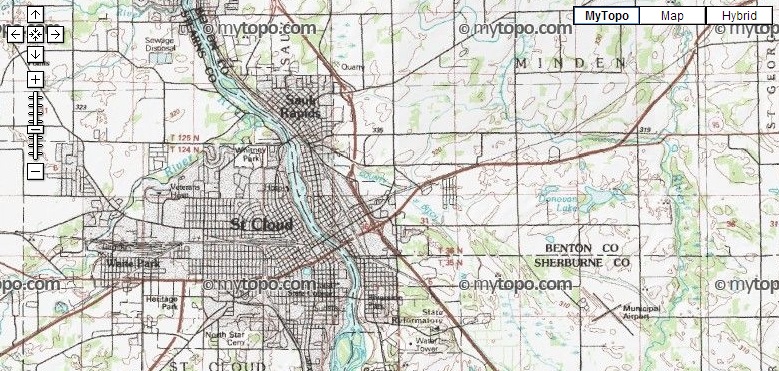From NPS website:
STONES AND THEIR QUARRIES: As a National Park site, the National Mall preserves and protects these great stone symbols. Because of all the building stones, a visit to the National Mall is like a geology field trip across the globe, including rocks from all 50 states!
Where did all the rock on the National Mall come from? Locally quarried stone was used in the early part of Washington, DC’s history because transportation was too difficult to bring in stone from other parts of the country. As railroads expanded in the late 1800s, the choice of building material expanded as well. Suddenly, quarries from around the country were able to supply Washington, DC with rocks that showcased the unique geology of their region. Find out more about each type of rock used in the construction of the National Mall.
You will likely need a magnifying glass, in order to fully appreciate the true grandeur of these stones (especially if you are doing the whole DC M&M Trail). Are you ready?
THOMAS JEFFERSON MEMORIAL
ROCKS & MINERALS STUDIED HERE: Missouri Marble, Black Minnesota Granite, Indiana Limestone
LR #1 to 4 -- N 38 52.874 W 77 02.189 (base of Thomas Jefferson Statue)
Logging Requirement #1a -- Using a size indicator such as a ruler or pen, determine how many fossils are visible within a 10-12” area. #1b -- What is their average size?
Logging Requirement #2 Compare/Contrast the Indiana Limestone of the pillars with the "Missiouri Marble" examined for LR #1. Are there fossils visibly present?
MISSOURI MARBLE:
The rock mined as “Missouri Marble,” has more in common with limestone than it does with marble. Granted, both contain similar minerals & compounds – but there is one important difference! Limestone is sedimentary, whereas limestone under metamorphic pressures becomes marble. The metamorphic process usually destroys any fossils that did exist, leaving a fossil-free metamorphic stone. Also, Missouri’s geologic history does not include the kinds of metamorphic events that would be needed to produce marble. Therefore the fine-grained, multi-textured rock (with its fossils) is actually limestone or dolostone, that was deposited across Missouri during prehistoric floodings by shallow seas.
BLACK MINNESOTA GRANITE
Based on the size of the crystals, you know that the black "Minnesota Granite" is intrusive. However, the question is, HOW does intrusive rock with such TINY crystal structures EVER reach the surface/near the surface where it can be mined? There are two options -- It either has to get pushed up, or everything above it needs to be worn away.

Some stats about St. Cloud MN --
It got the nickname “Nitty Gritty Granite City” because of all the quarries there. There is even a popular county park and nature preserve called Quarry Park where you can swim in abandoned open quarry ponds
According to the University of MN Conservancy website, "Granite is found throughout northern and central Minnesota. It varies in age from 2.6 billion years in the Minnesota River Valley and northern Minnesota to about 1.7 billion years near St. Cloud. Minnesota granites are composed predominantly of the minerals feldspar, quartz, mica, and hornblende.

These rocks formed deep below the surface in the roots of major mountain ranges. These once deeply buried rocks are now exposed at or near the surface due to uplift and erosion."
INDIANA LIMESTONE:
Limestone is a sedimentary rock and thus can have visible/invisible fossils depending on what is around! Limestone forms in shallow ocean bottoms. The limestone in this formation formed during the Mississippian Age, when most of North America was south of the equator and a warm tropical sea cover much of the area from Nebraska to Pennsylvania (beachfront property in Nebraska -- isn't that a funny thought!). You are looking at (at least) crinoids, bryozoans, and brachiopods that lived in this shallow sea and died and were buried as the sea "sedimented." The calicum from their bodies is actually what makes this limestone strong enough to act as this memorial's pillars, since dirt sediment has no inherant strength, even in a stone-state.
Please send your answers. Then post a found log. I will contact you if there are any problems or questions about your answers.
If you have completed the entire "DCNMEPT Powertrail" you have identified/interacted with the following --
Rocks Identified:
Igneous:
Carnelian Granite
Academy Black Granite
Black Indian Granite
Milford Pink Granite
Black Minnesota Granite
Metamorphic:
Colorado Yule Marble
Alabama Marble
Vermont Imperial Danby Marble
Sedimentary:
Pink Tennessee Marble
Missouri Marble
Indiana Limestone
Congrads to eightwednesday for FTF (First to Finish Logging Requirements) on this earthcache!
Resources:
University of Maryland Link here
National Park Service Link here
University of MN Conservancy Report Link here